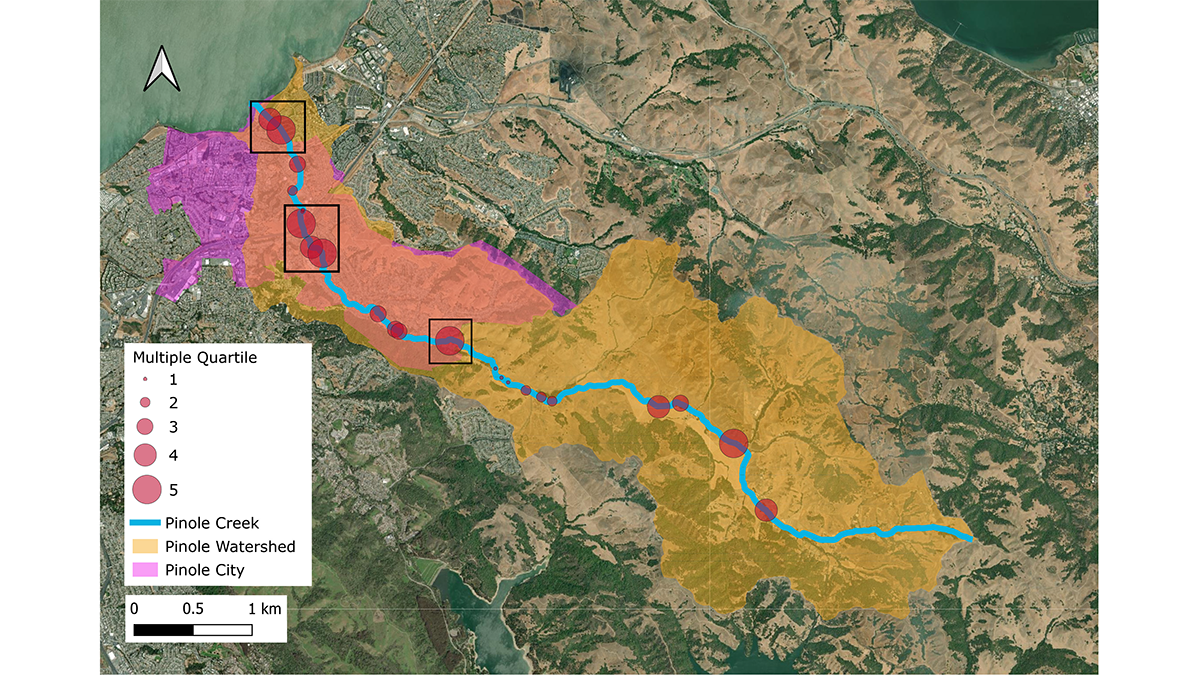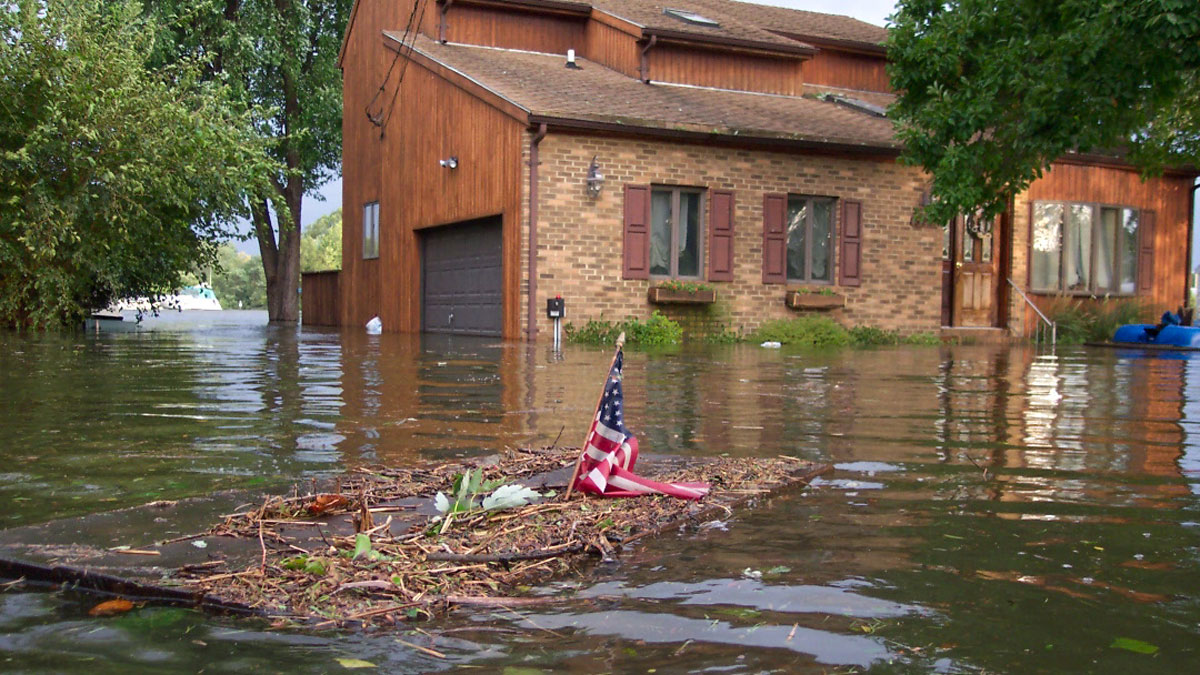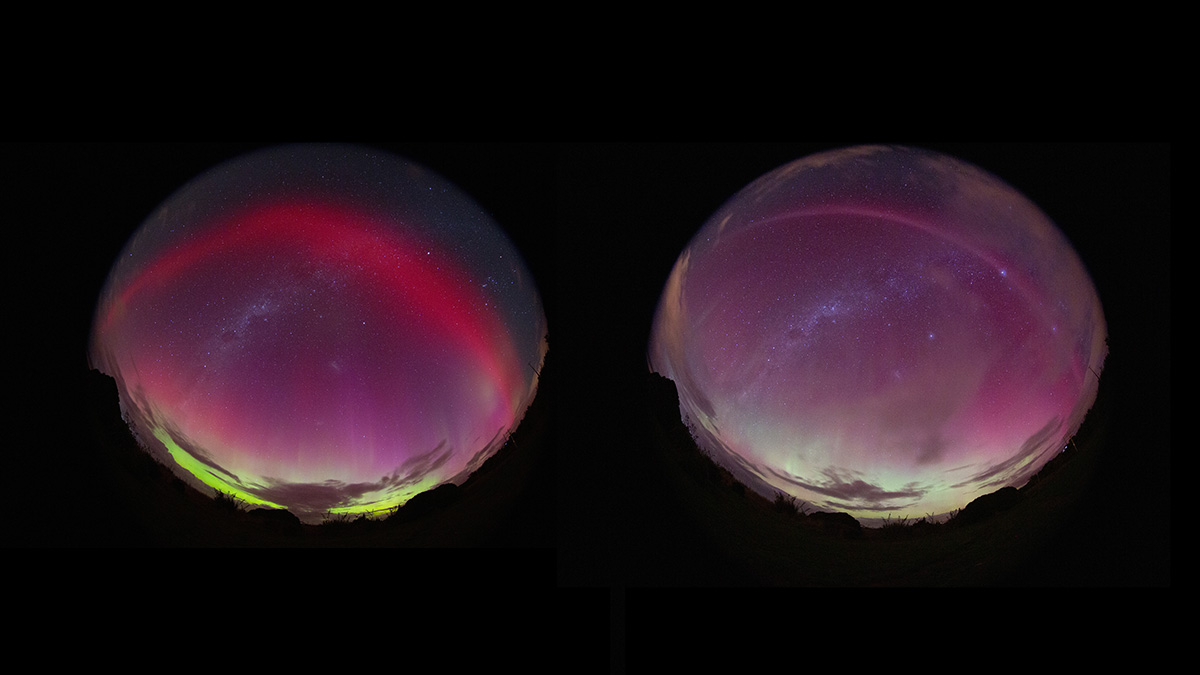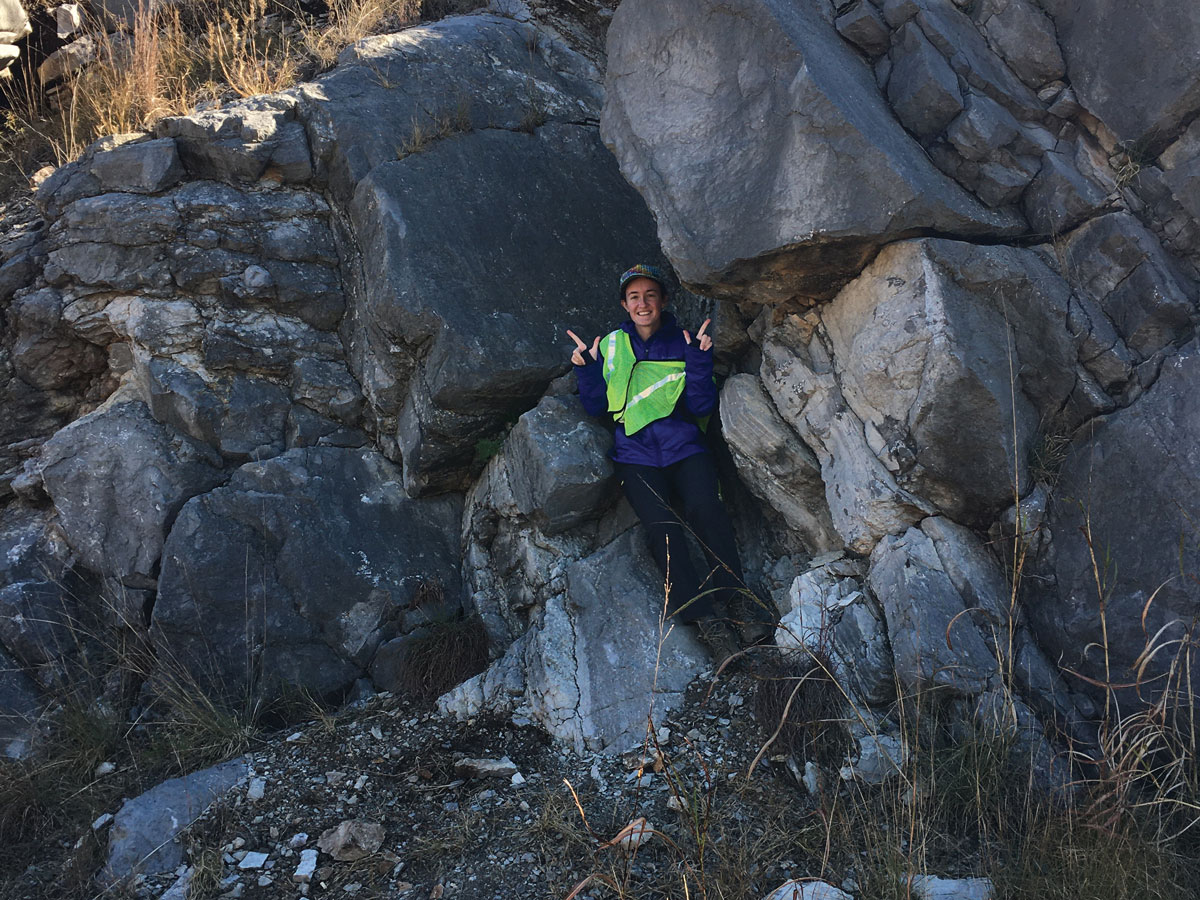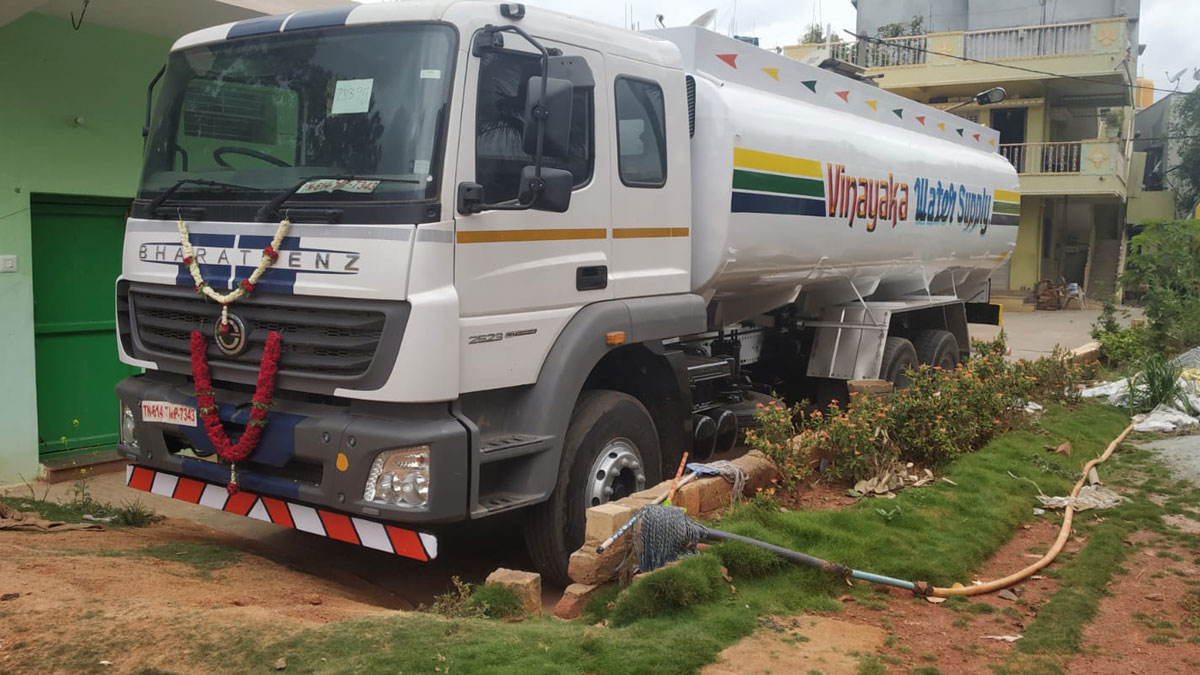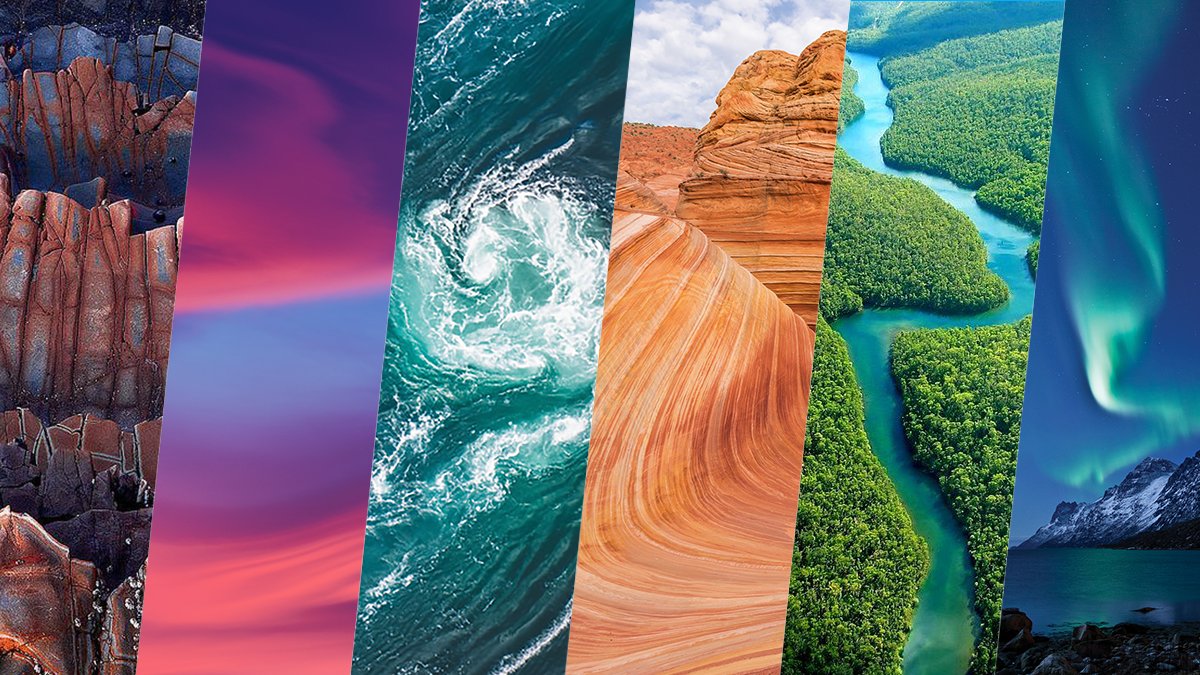Community effort to systematically count and categorize trash in the Pinole watershed led to the prioritization of locations and trash types that informed recommendations for local government policy.
community science projects
Engineering with Nature to Face Down Hurricane Hazards
Natural and engineered, nature-based structures offer promise for storm-related disaster risk reduction and flood mitigation, as long as researchers can adequately monitor and study them.
Protecting the Mountain Water Towers of Spain’s Sierra Nevada
Students and community members monitor the health of mountain water reserves, which capture and release water, evening out wet and dry periods downstream.
From SAR Arc to STEVE: An Atmospheric Evolution
A new study reports the first observation of a stable auroral red arc evolving into a strong thermal emission velocity enhancement during a geomagnetic storm.
Community Scientists Recover Micrometeorites from Lake Michigan
A team of scientists, educators, and teenagers discovered the objects, some of which may have been delivered by a fireball that streaked across the sky in 2017.
Lauren Haygood: Normalizing STEM in America’s Heartland
Community science builds bridges while generating valuable environmental data.
Community Scientists Help to Beat the Heat
As cities face health threats from heat and air pollution—both expected to worsen from climate change—researchers pilot a community scientist effort to map air quality and improve urban health.
Deploying Community Water Solutions with People, for People
Guiding principles and strategies for solving local water availability problems in India have emerged from collaborations involving water users, water experts, and water solutions providers.
Sewing DEI Into the Fabric of the Geosciences
AGU journals host a new living special collection on diversity, equity, and inclusion in the geosciences and invite additional contributions to grow this collection.
Rock Music in Utah
Three-dimensional models could help forecast rock tower frequencies—and seismic impacts—around the globe.

